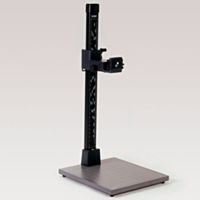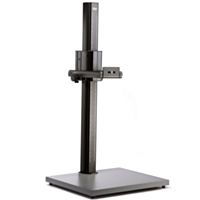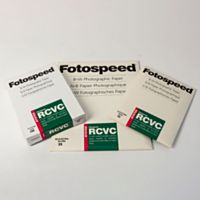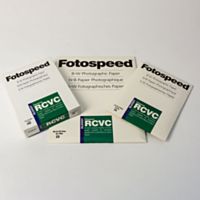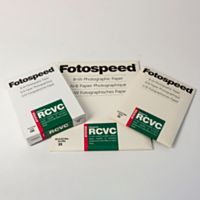Book Review: Ravens by Masahisa Fukase
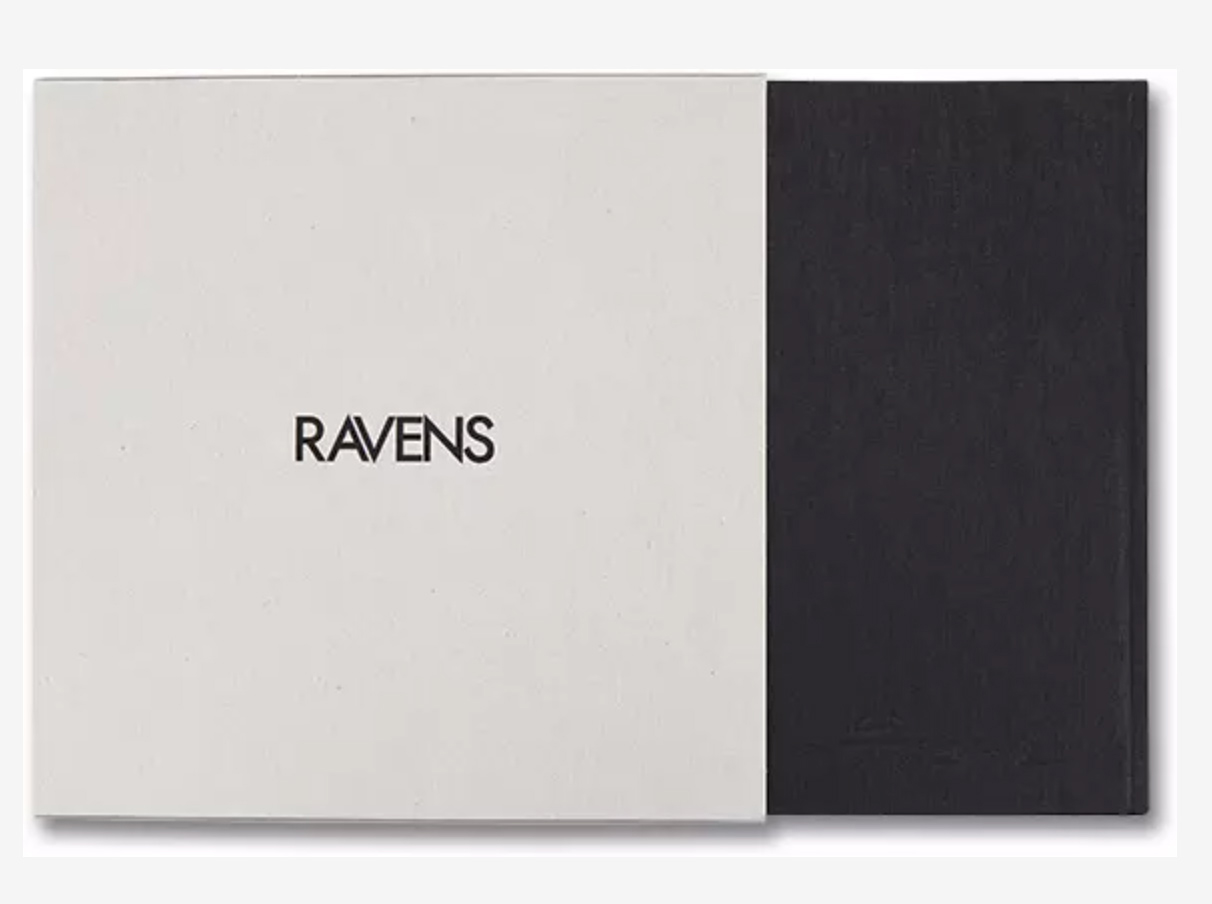
What Makes Ravens by Masahisa Fukase So Popular?
I’ll preface this blog by saying that, apart from a few silhouetted birds, I am not a wildlife and nature photographer. So for my blog this month on the theme of wildlife I wondered what I could write about, being that my photography skill set lies elsewhere.
I then thought of one of my favourite and influential photo books, ‘Ravens’ by Japanese photographer Masashisa Fukase. This book is different from the normal wildlife photographers that we think of and shows another way of seeing wildlife photography.

Masahisa Fukase was a photographer from Hokkaido in Japan. Fukase worked as a photographer in his family’s photography studio in Hokkaido. He later moved to work as a photographer in Tokyo. It was on his train trips between Tokyo and Hokkaido that he began photographing Ravens through the train windows. By alighting at stations en route, Fukase photographed the birds in different settings. Whether perched on telegraph wires, or sat atop chimneys.
This photographic journey would turn into an obsession which would last for over 10 years. The resulting photographs are what forms ‘Ravens’. First published in 1986, it’s hailed as one of the most important photo books ever published. It was even voted as the best photobook within the last 25 years by the British Journal of Photography in 2010.

So why is this book held in such high regard?
To try and answer this question, I have sat with my copy of Ravens, which I am very lucky to own.
The first thing that you may think about regarding the system of the photographs is the high contrast and graininess of the work. Often referred to as the ‘Provoke’ style, this style is very typical of Japanese photography during the 60s and 70s.
The style takes its name from the namesake magazine, published in Japan in the late 1960s. Provoke magazine only ran for three issues, but managed to garner a lot of interest in that time. It’s known for launching the careers of many photographers, including Daido Moriyama and Fukesa.

Provoke was a response to post-war Japan, and stood as a platform to push the boundaries of photography through creative freedom. Its influence is still affecting photography today and completely changed the way photography was seen, not just in Japan, but in the world. Ravens was a response to this new way of thinking about photography.

Fukase began capturing his photos for Ravens after his divorce in 1975. In a Poe-esque manner, the book uses the motif of the Raven to show a photographer on the edge of madness and despair. Ravens shows the passing of time, and Fukase’s search for self identity. It defines Fukase as both a singular person or, as some claim, a frozen photographed Raven. In one of his diaries found after his death in 2012, he proclaimed that he had become a raven.
It’s the emotions and personality that, as viewers, we get a sense of when looking through the book. The dark grainy style adds to the mystique by obscuring the view, not allowing us a true sense of what is happening within the scene.

I get an overwhelming sense of loss from the pages of Ravens. But also a feeling of discovery and ultimately the becoming of someone and something else. This new self is terrifying and unsettling. The bleak snow scenes further enforce the isolation and the sense of being alone, only finding solis and contemptment among the birds and the safety within the photograph.
Ultimately ‘Ravens’ is a story of Fukase’s life. It depicts the loneliness and isolation he was feeling, and would continue to feel. Looking at Ravens in 2022 only heightens in poignancy. Fukase died in 2012 and was in a coma for the last 20 years of his life after falling down the stairs in a bar. Raven’s shows a turbulent life and a photographer trying to make sense of this life and identifying with an anchor, in this case the birds, to impose himself on the world.

For me, Ravens is probably my favourite photo book or at least in my top three. Its beautifully simple layout and sequence makes the book perfect. We don’t have to fight through complicated cryptic photography. The emotion and meaning is there for us all to see. It is a book that has influenced me deeply within the last few years. I’m ashamed to say I came to the book late in my photographic journey, but it is now alway next to me on my shelf.
If you want to document your own legacy, Fotospeed is running numerous Japanese stab bound book making courses across 2022.
For more tips and tricks, sign up to Fotospeed’s newsletter and check out our YouTube channel.



